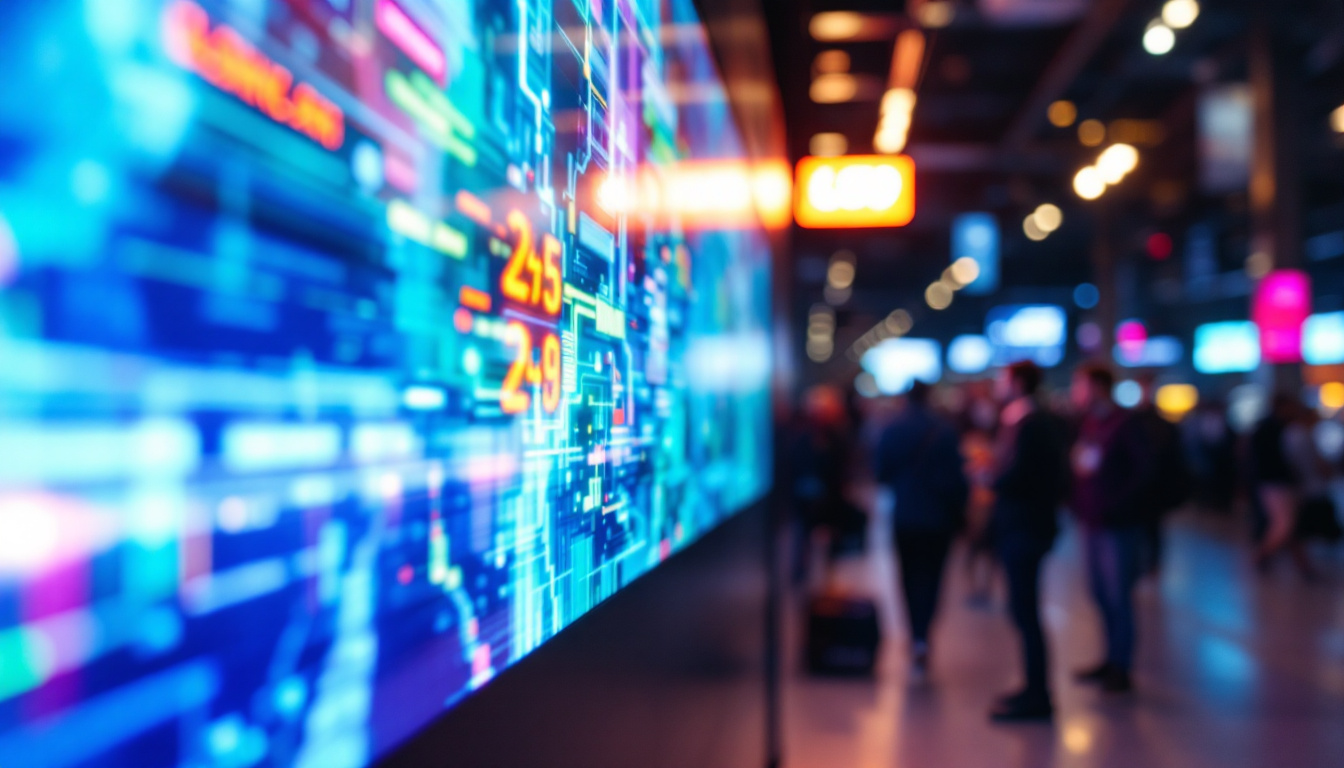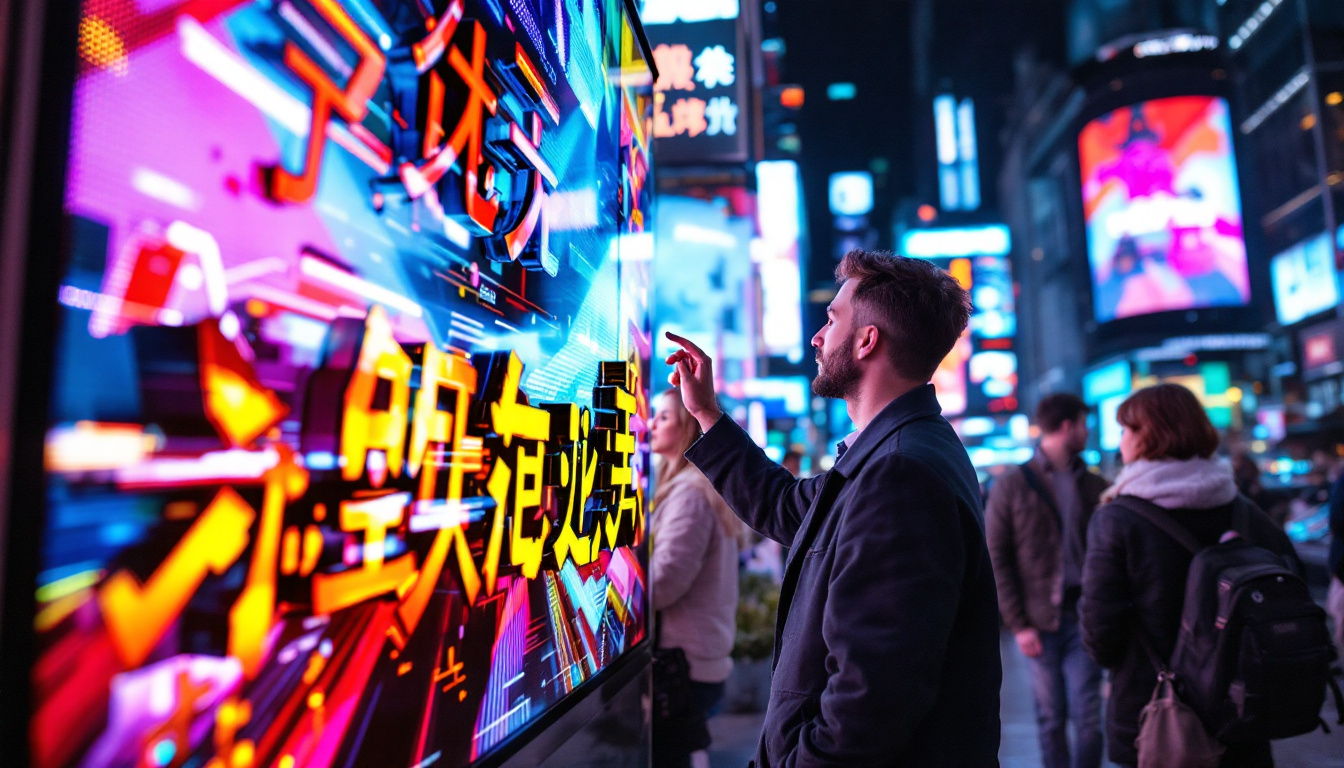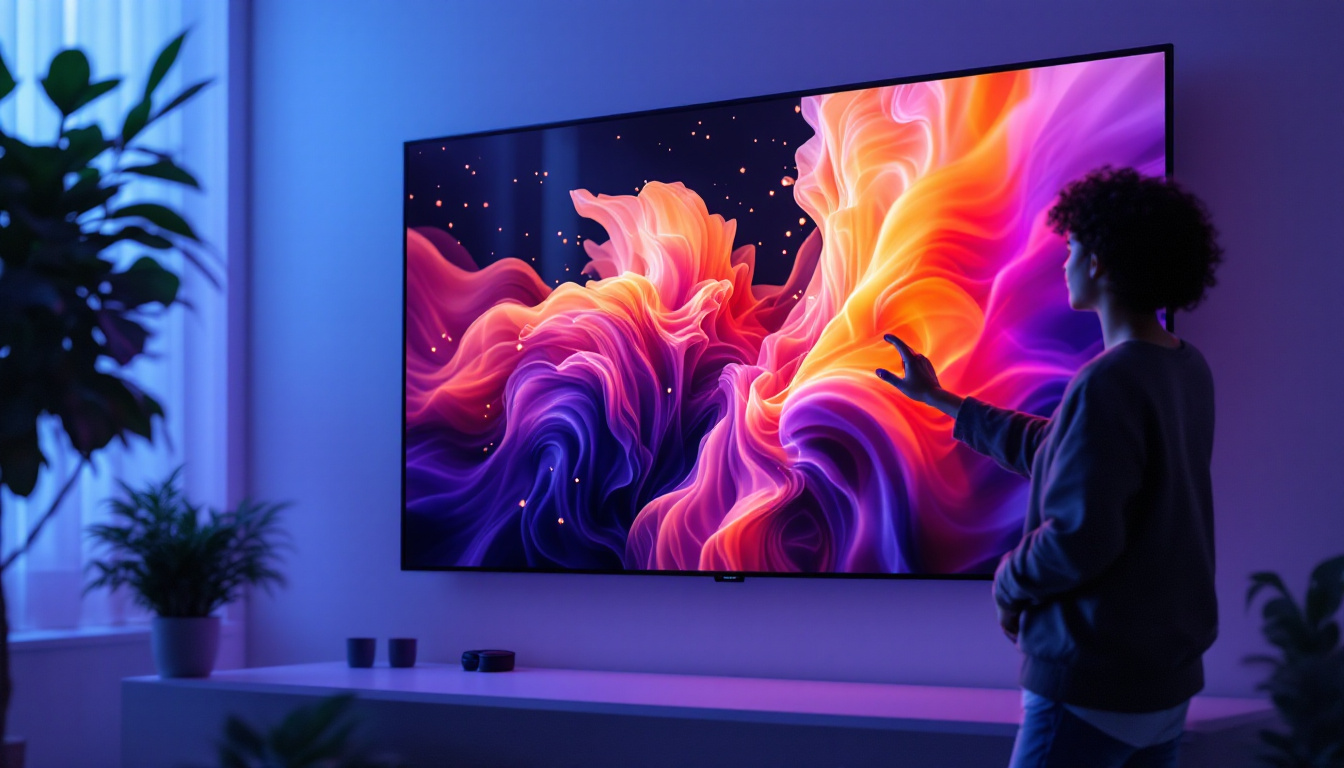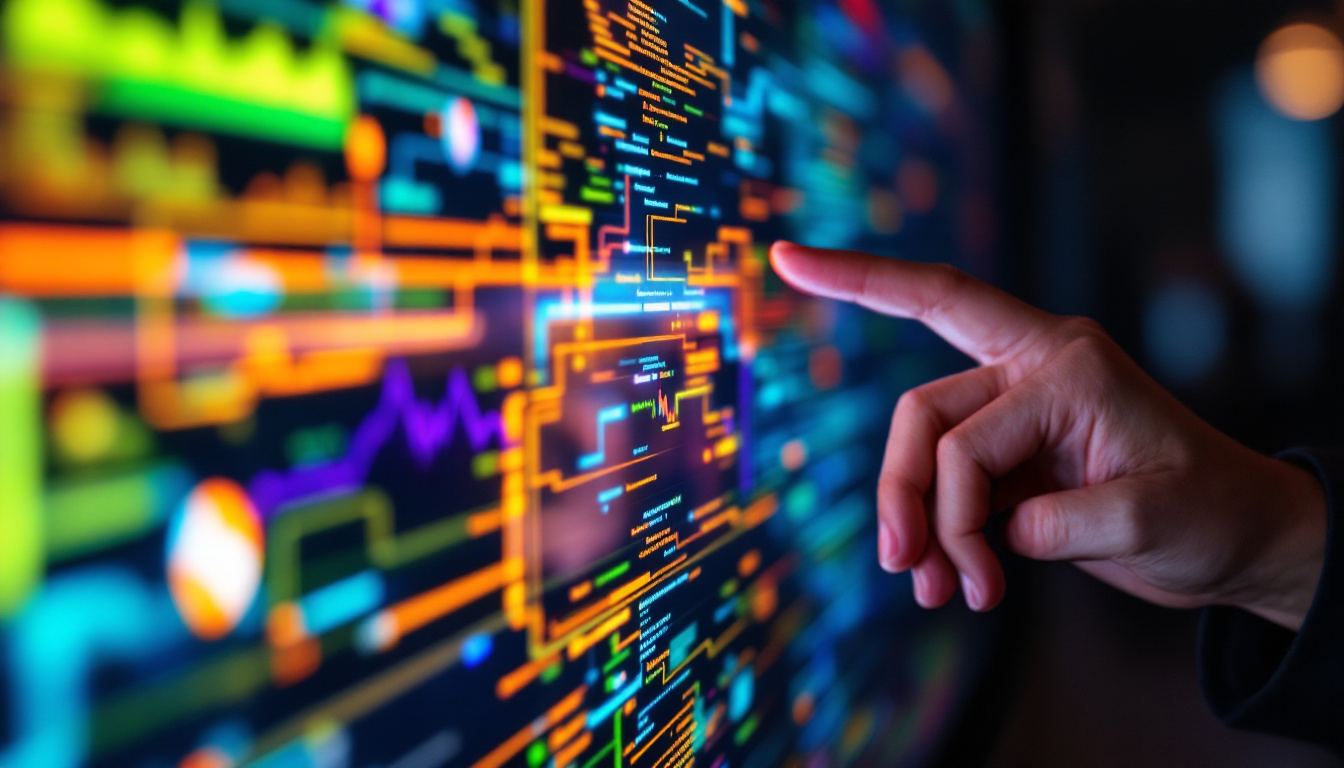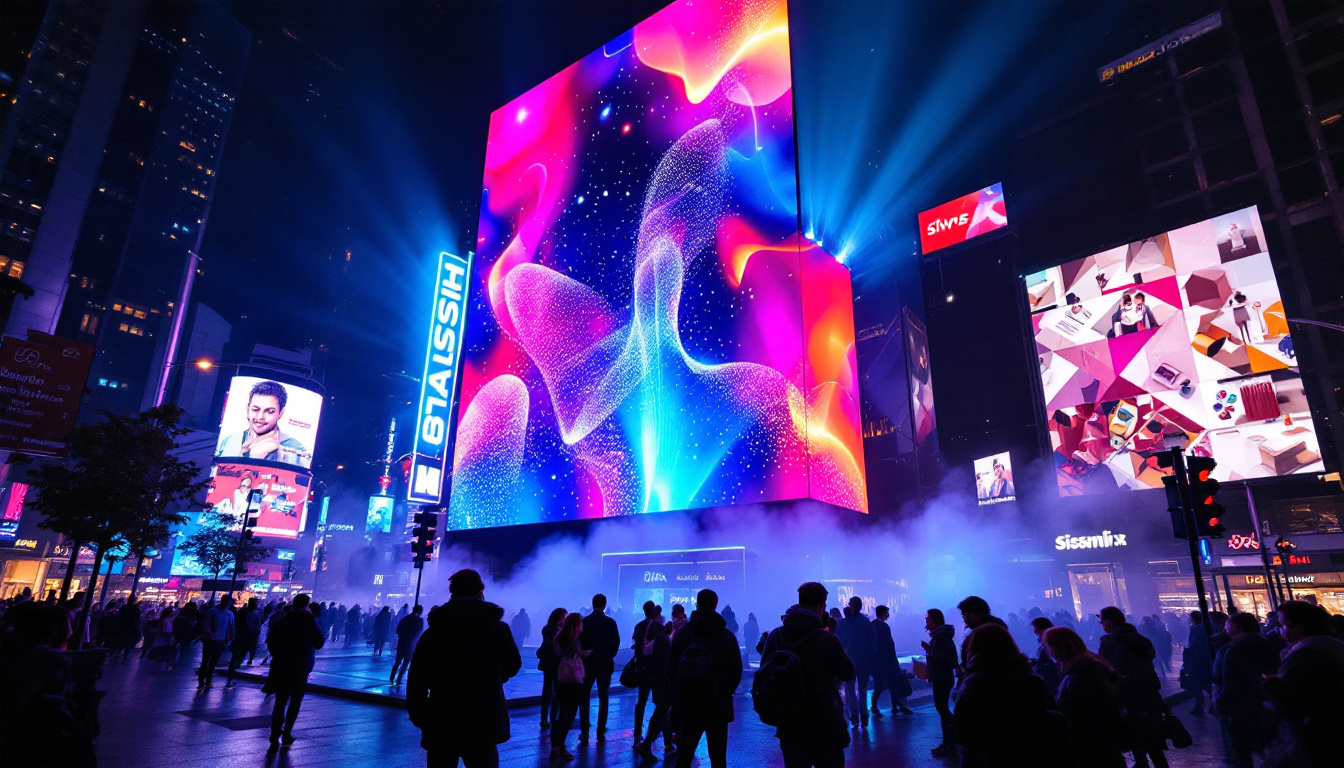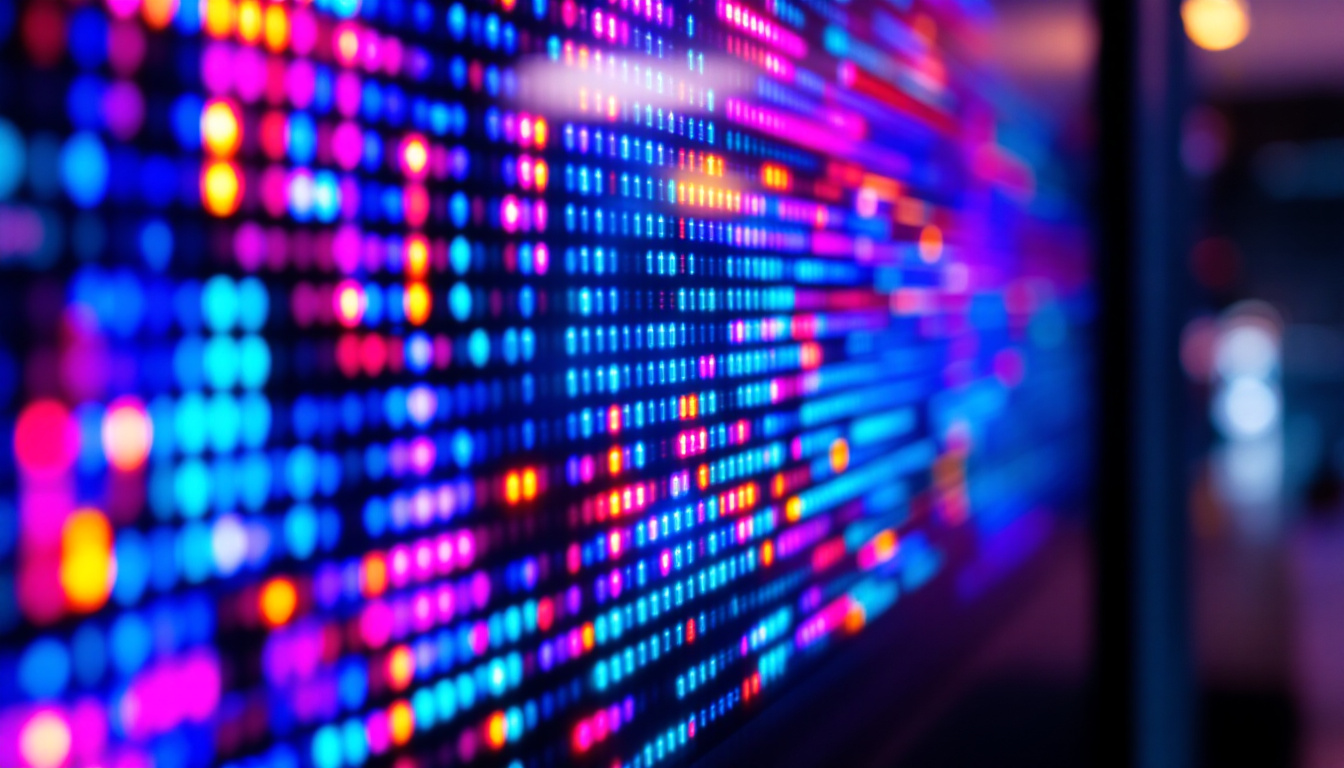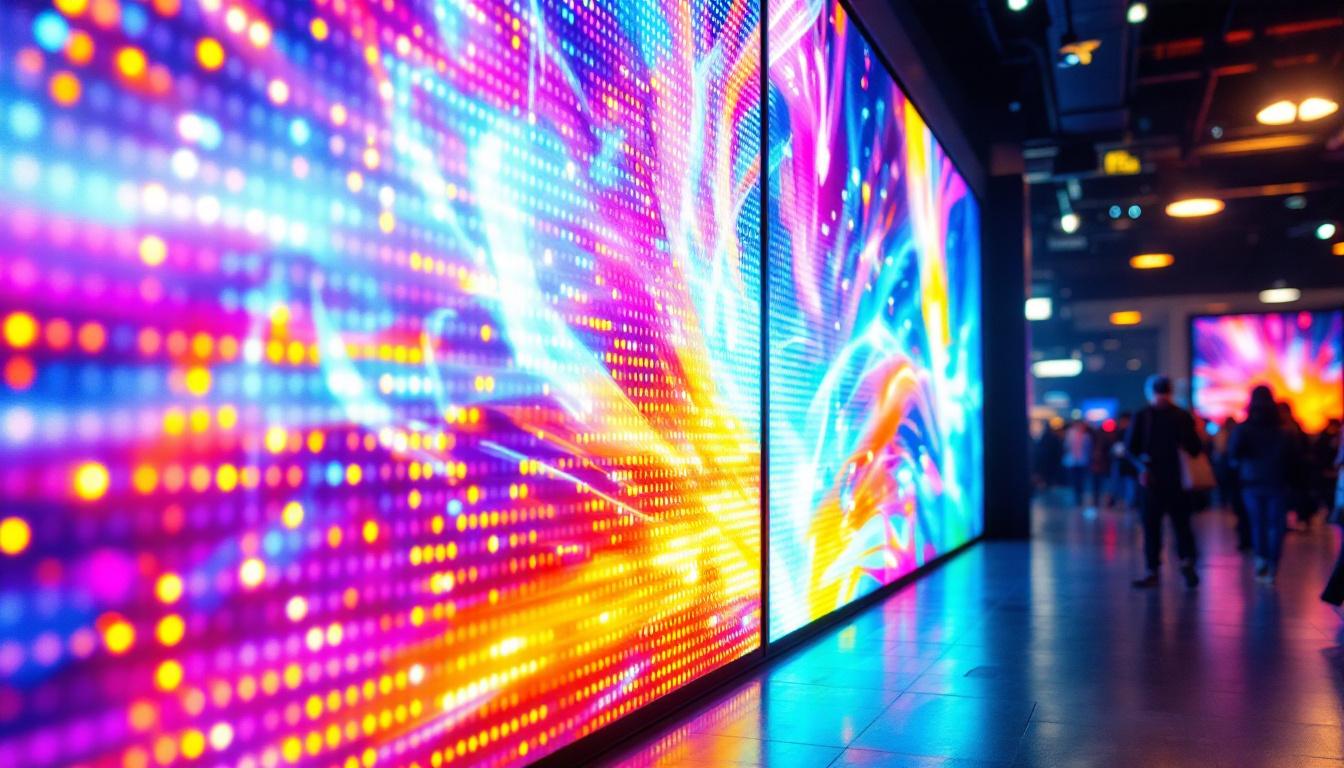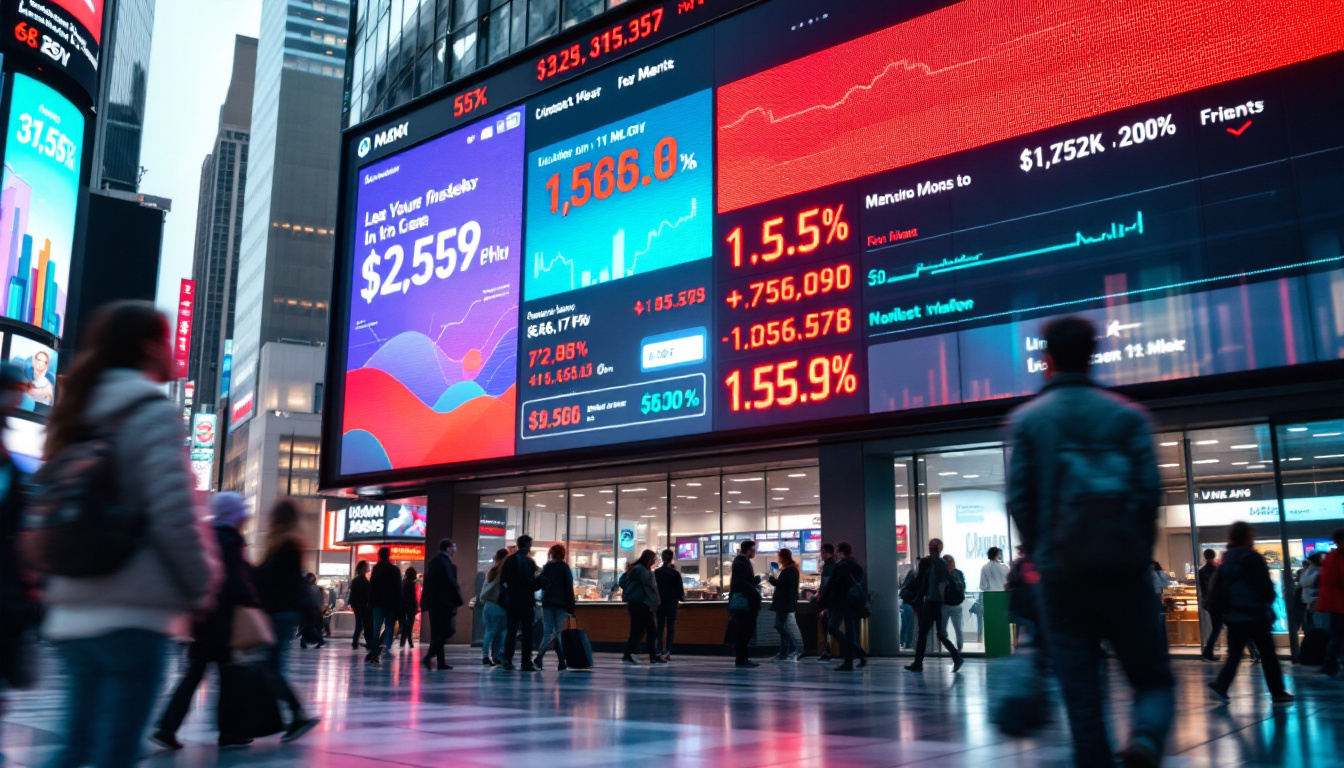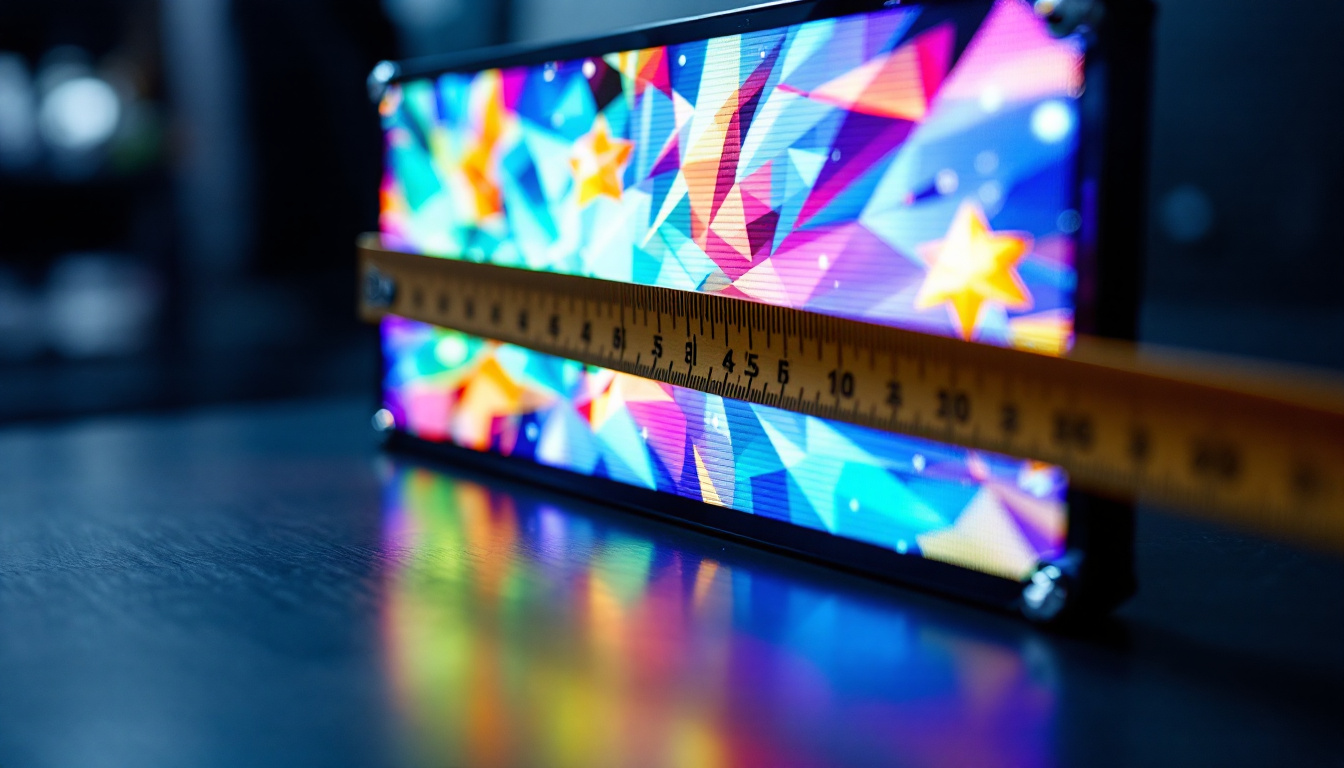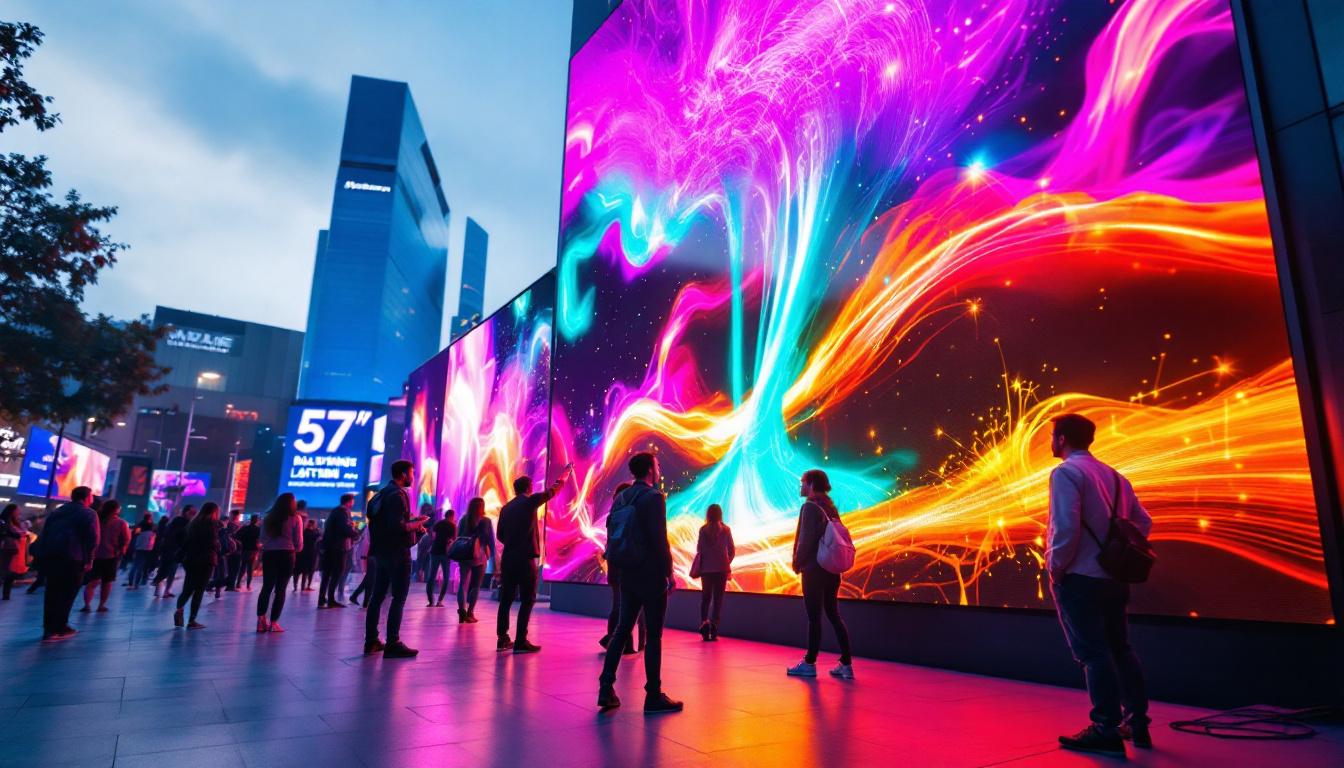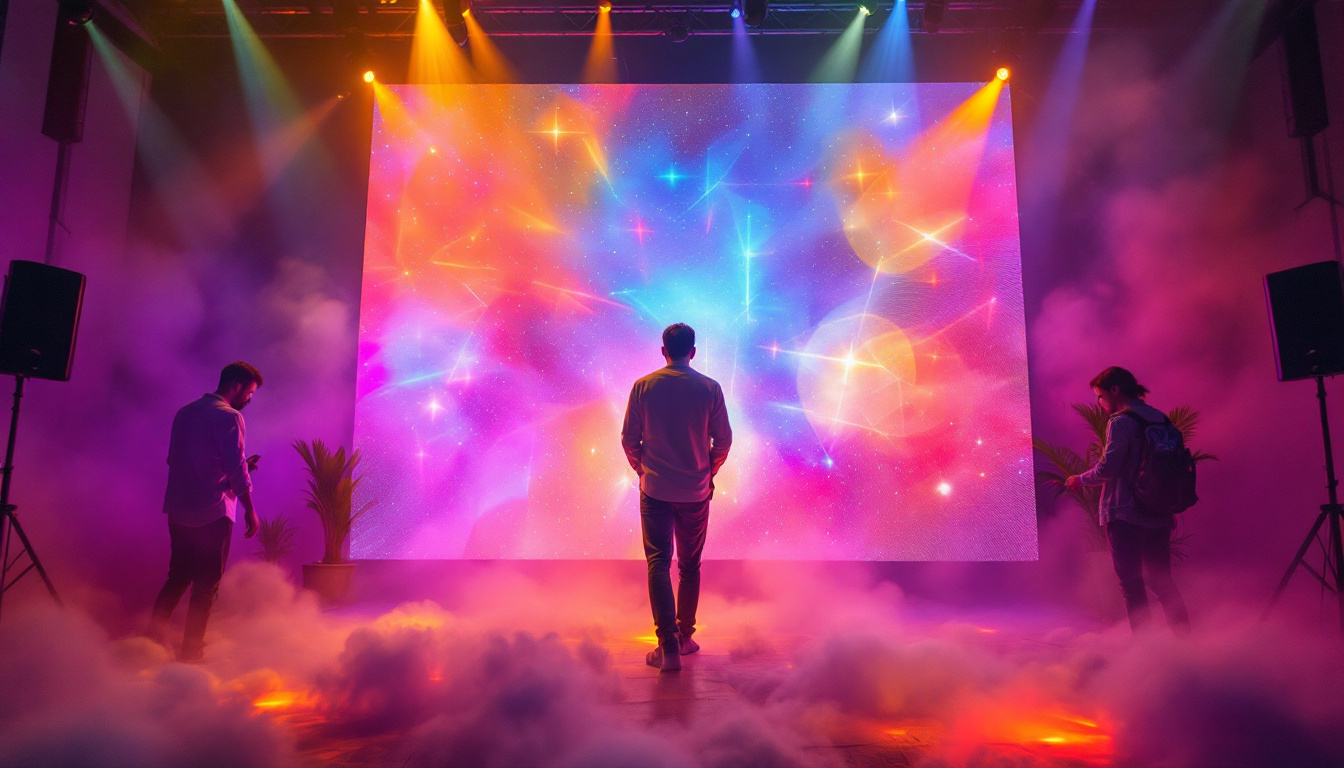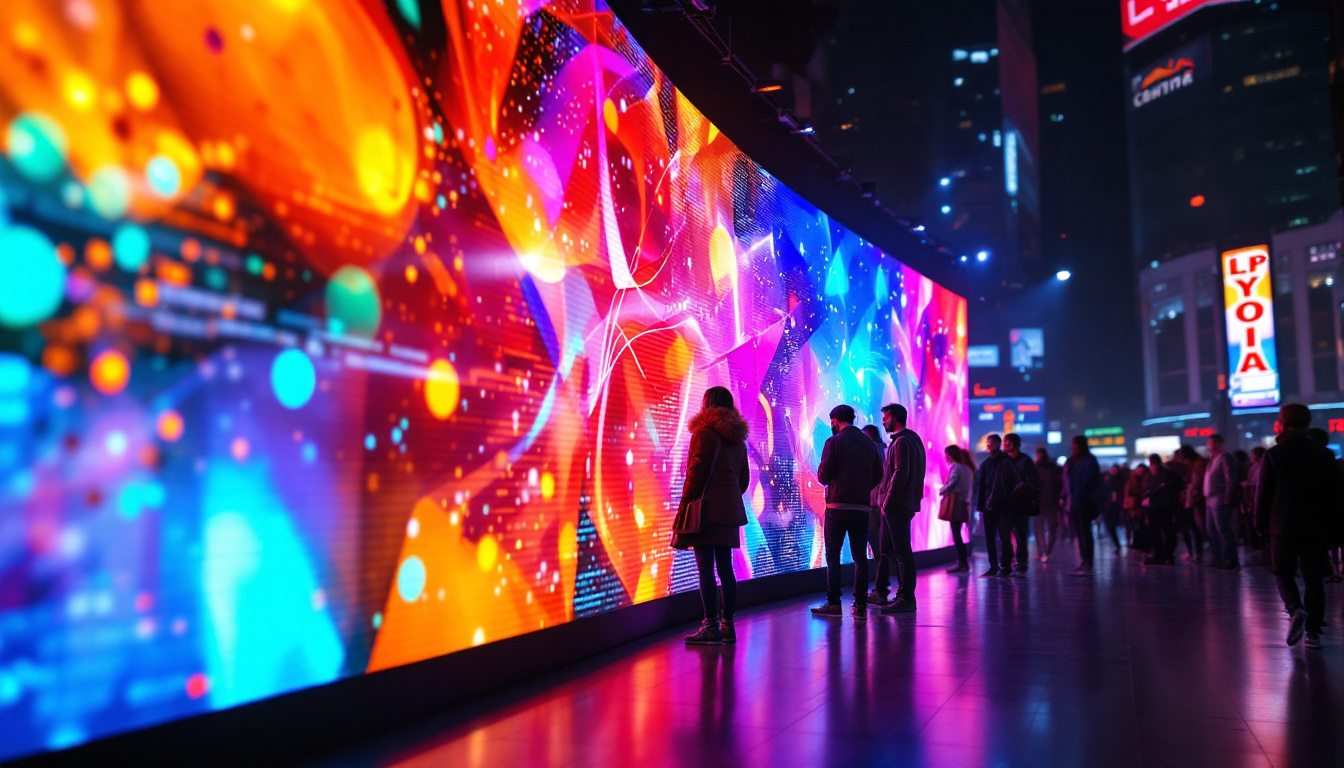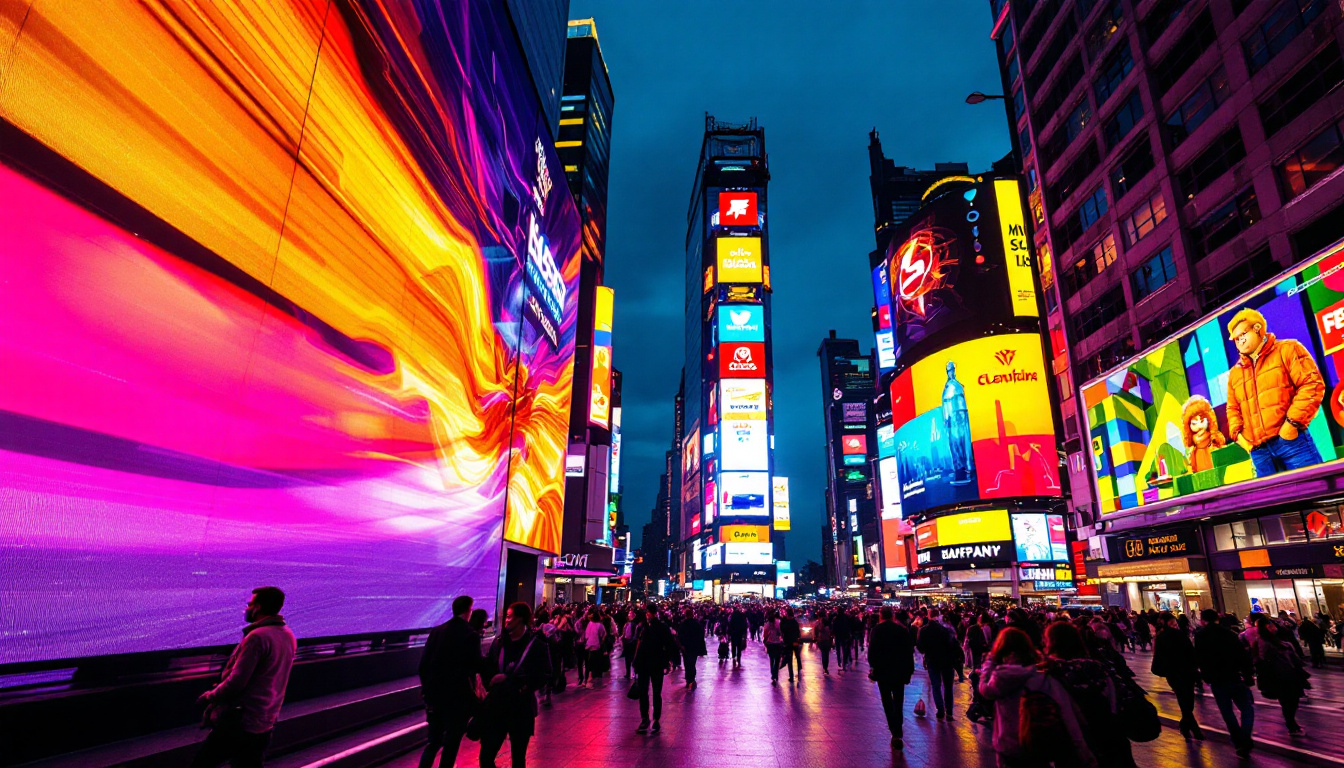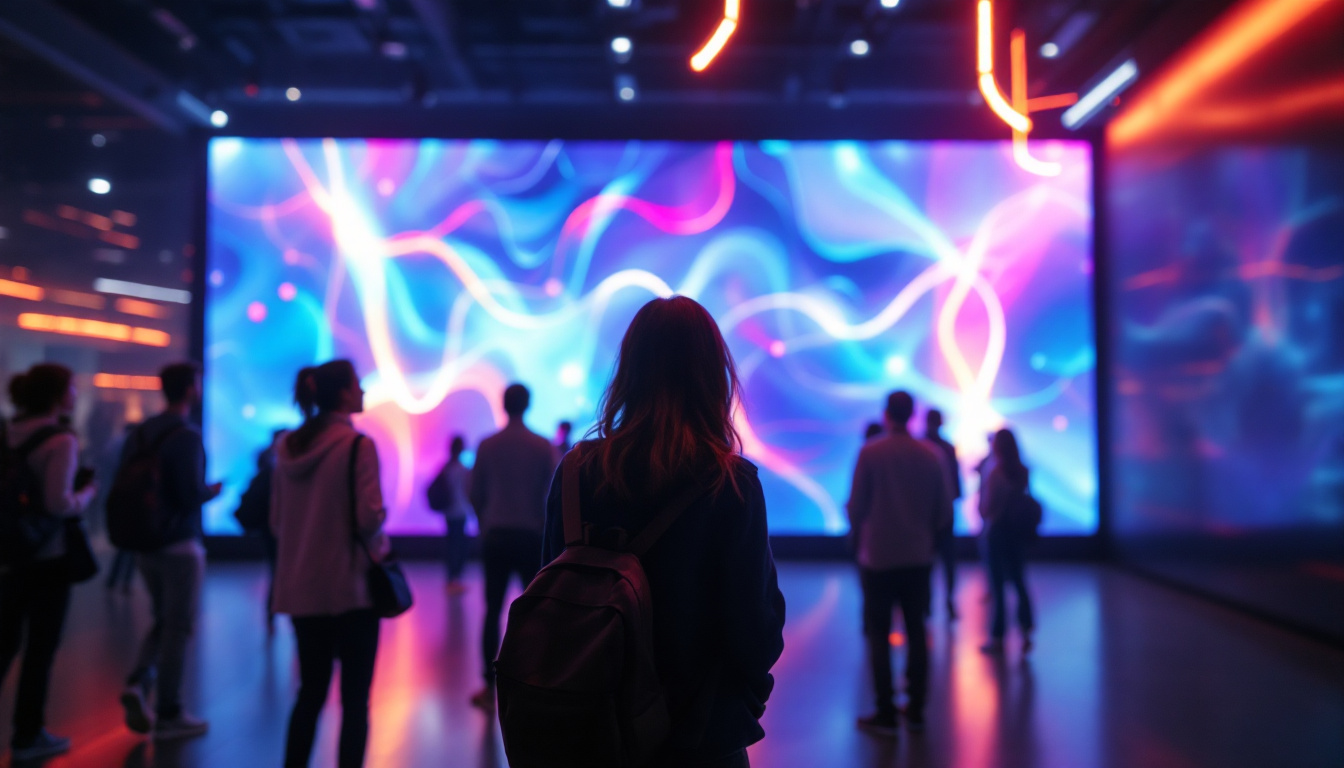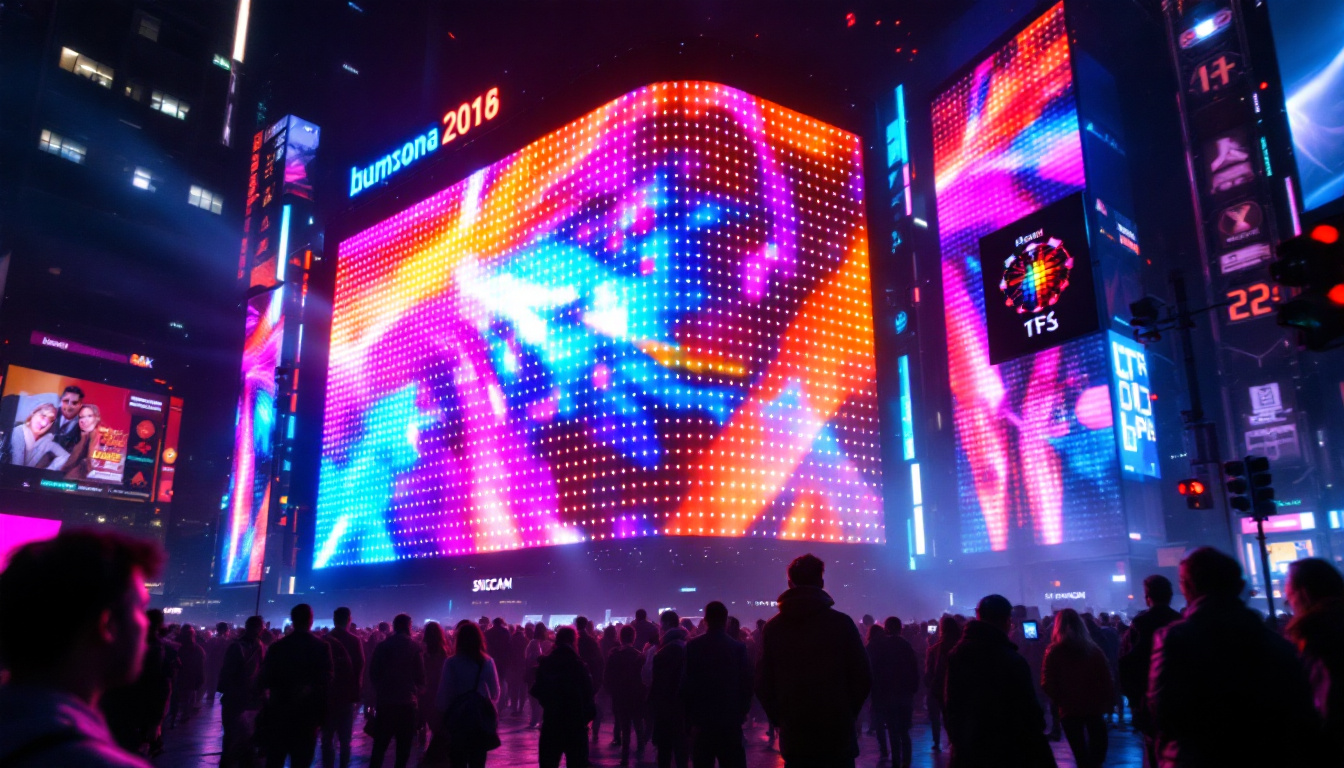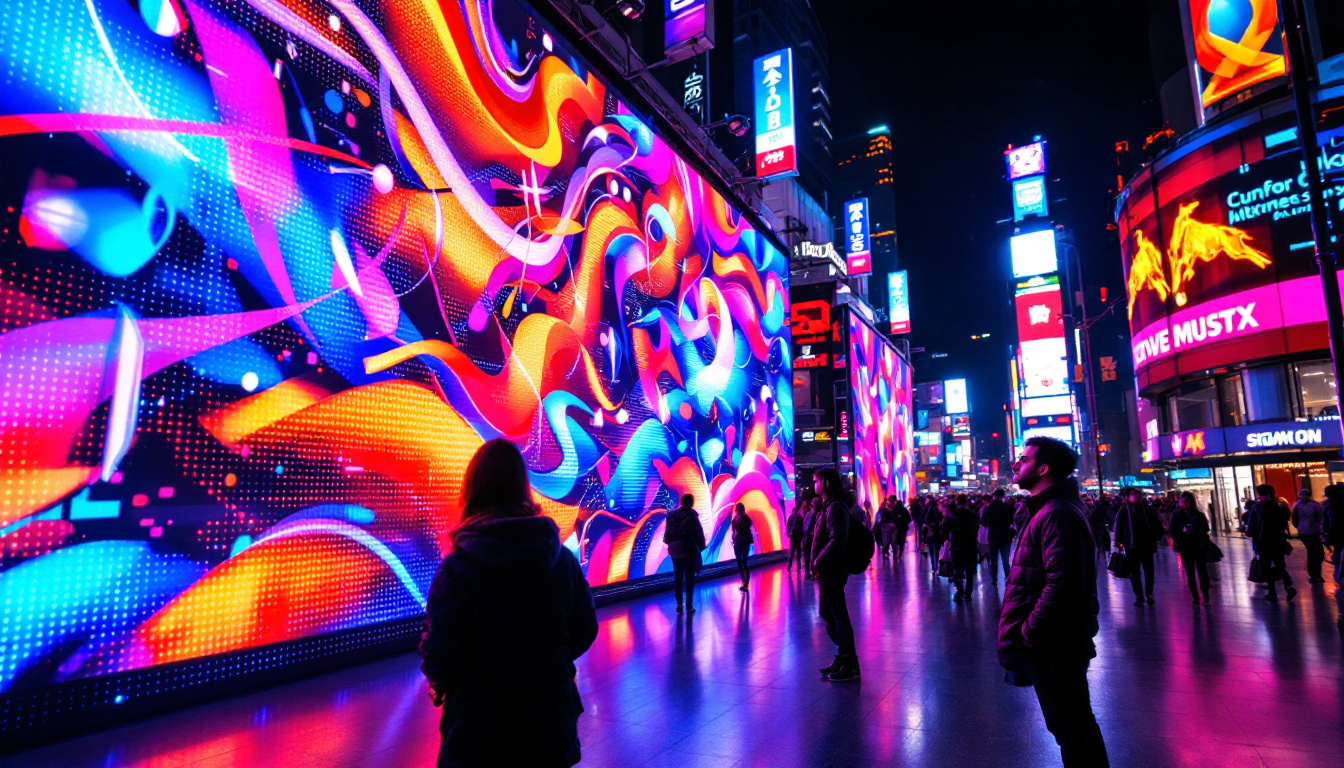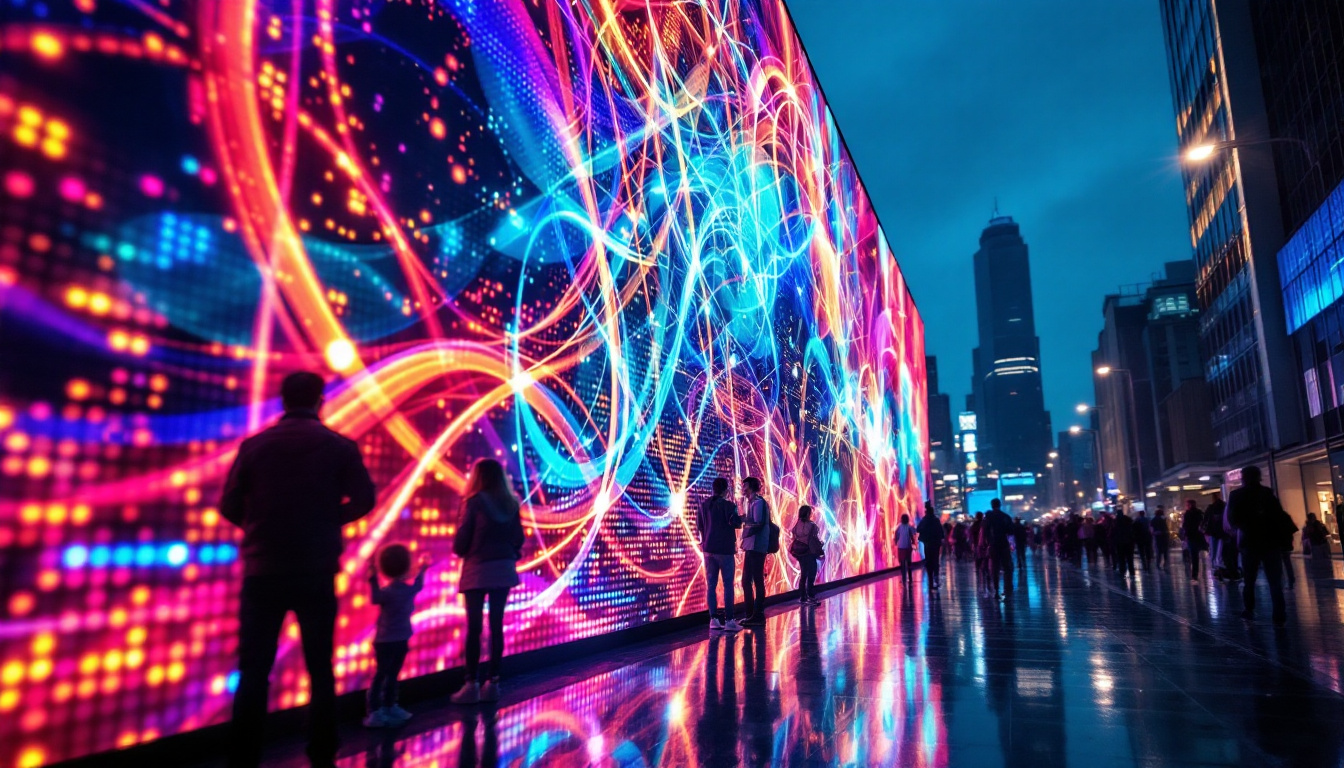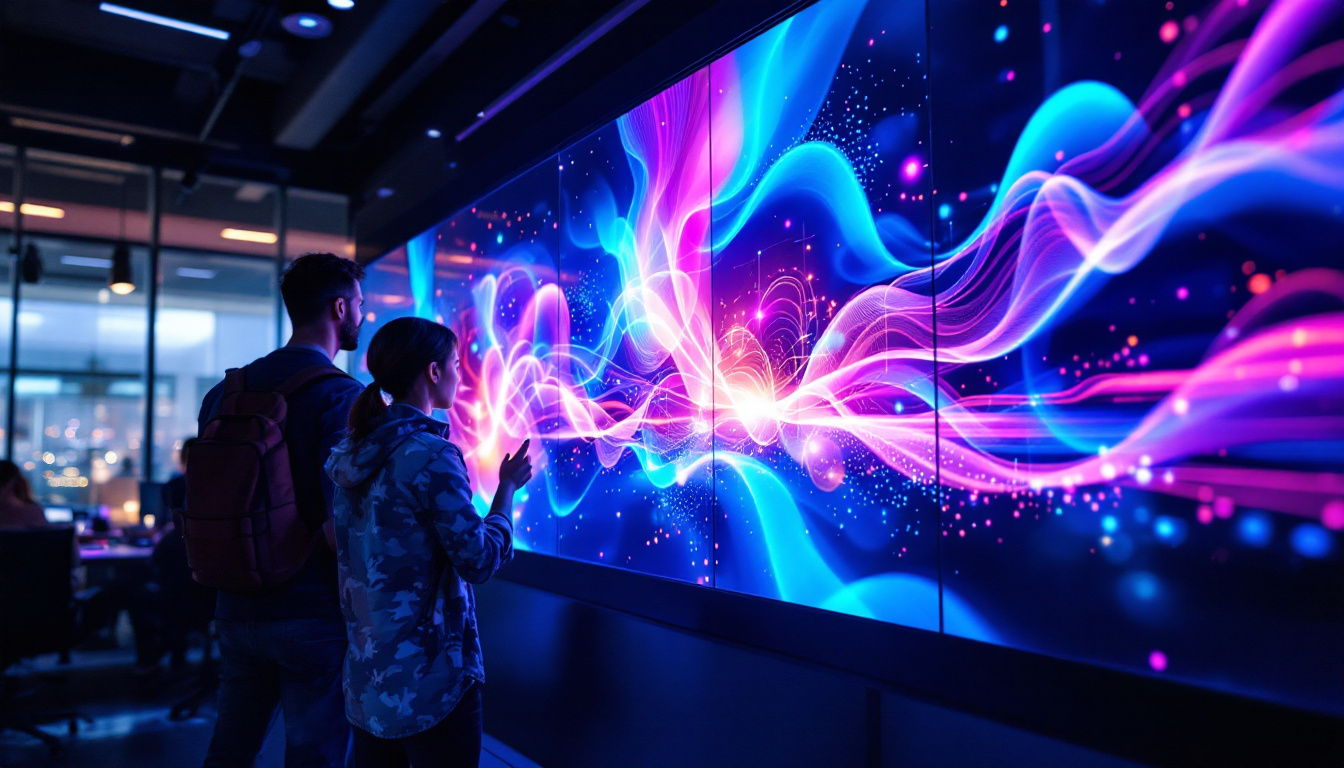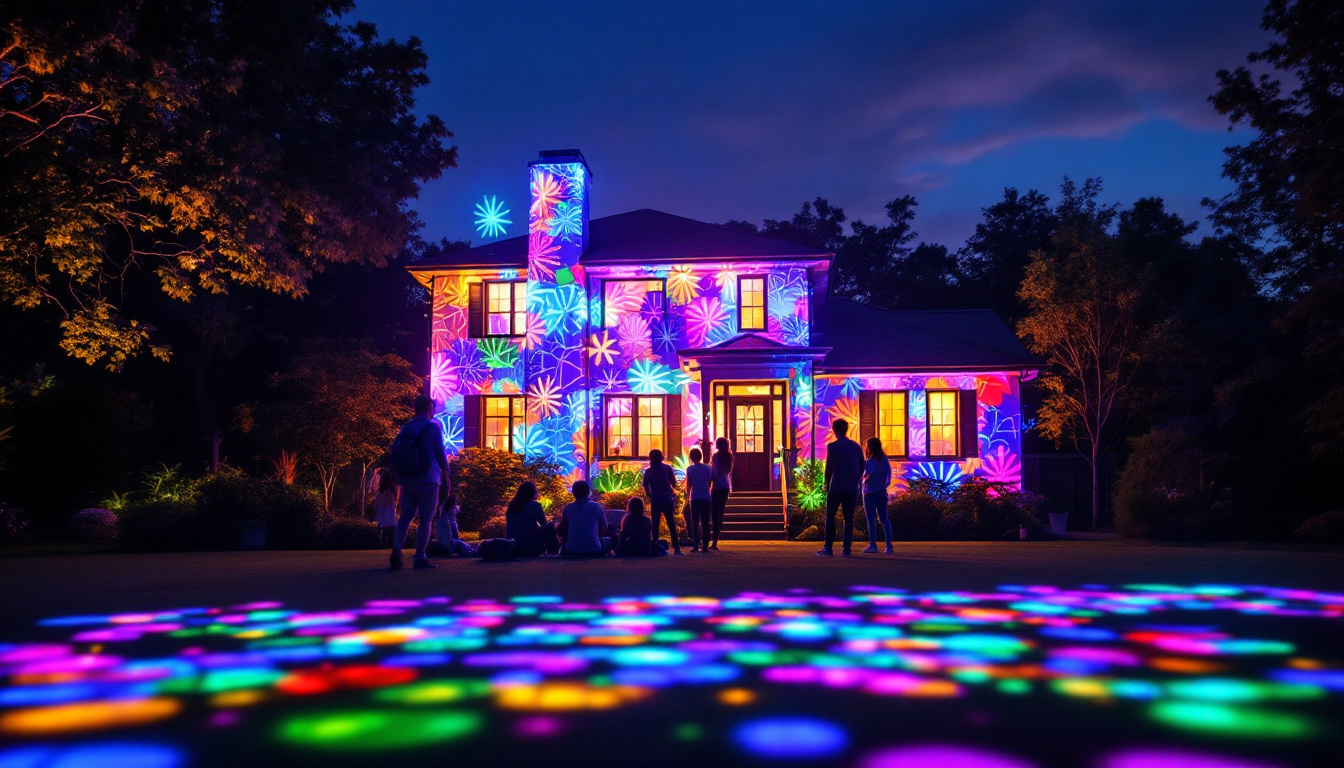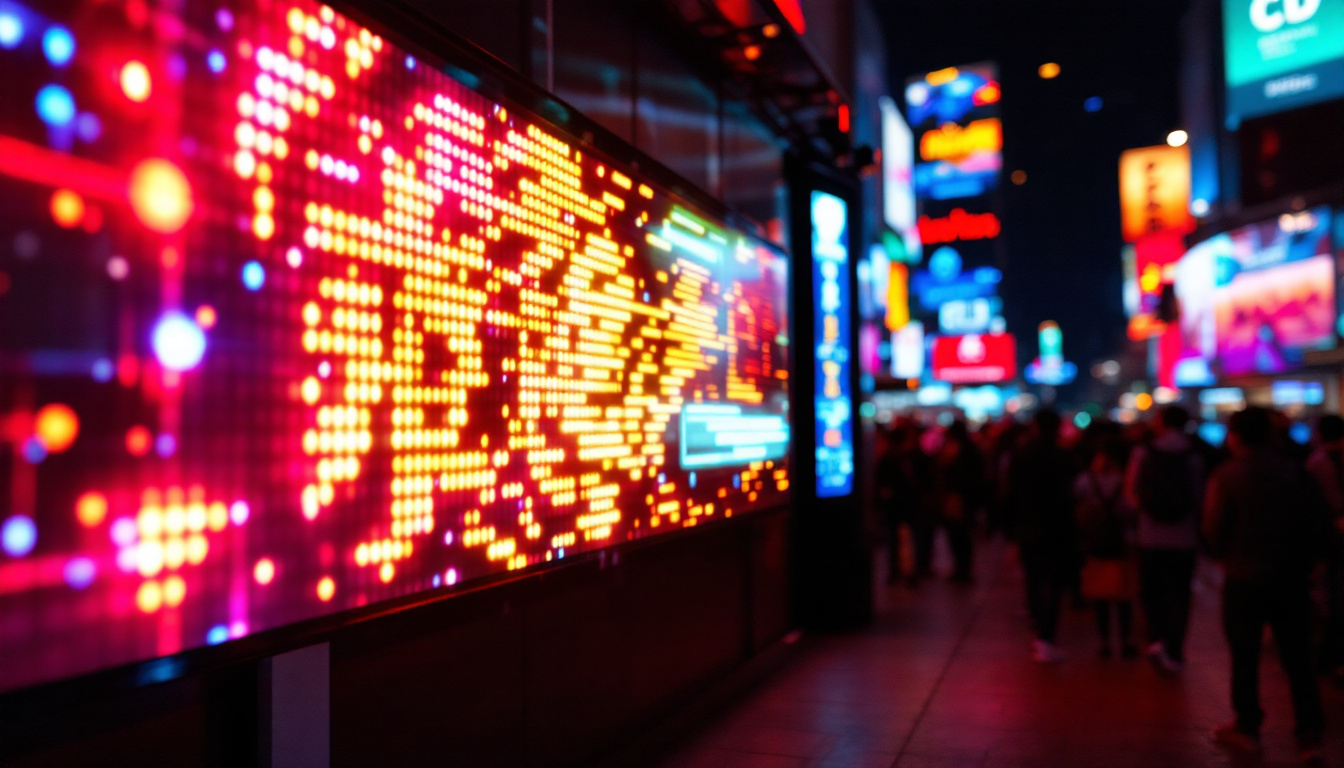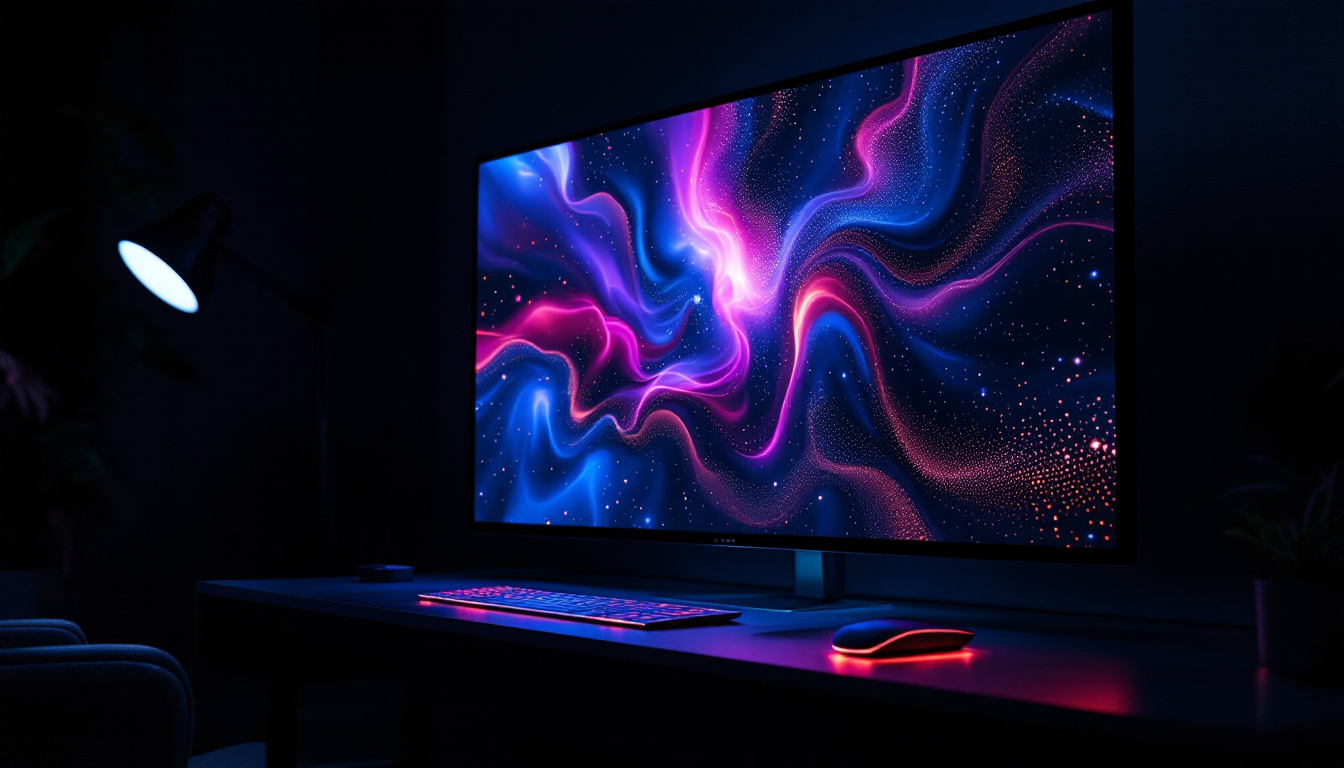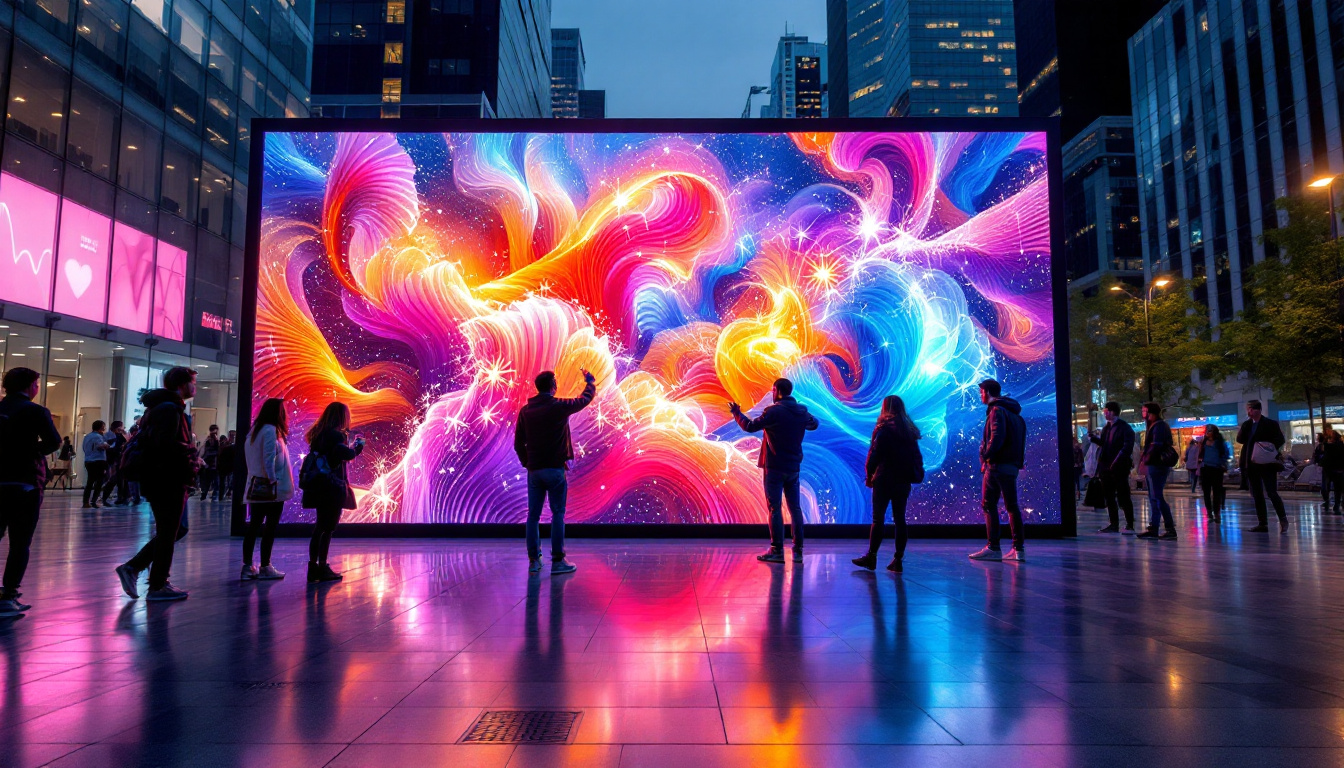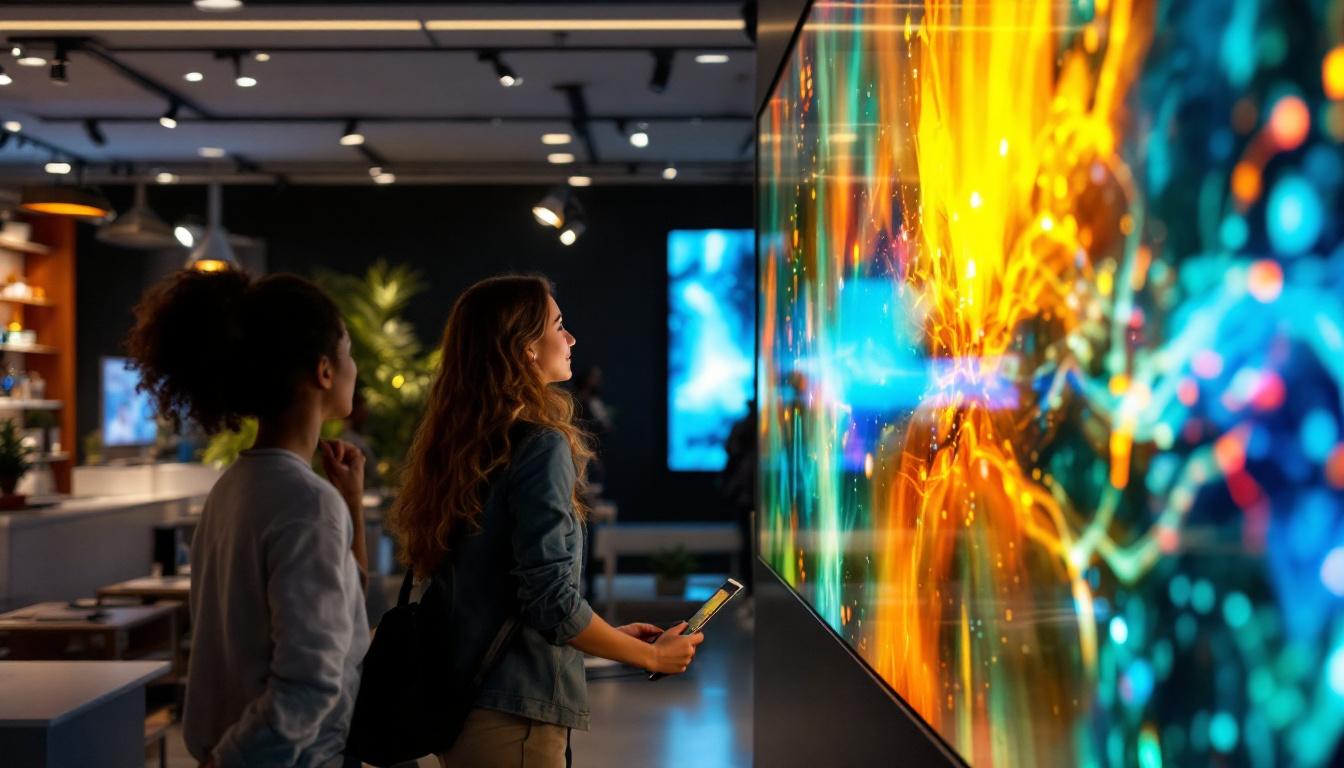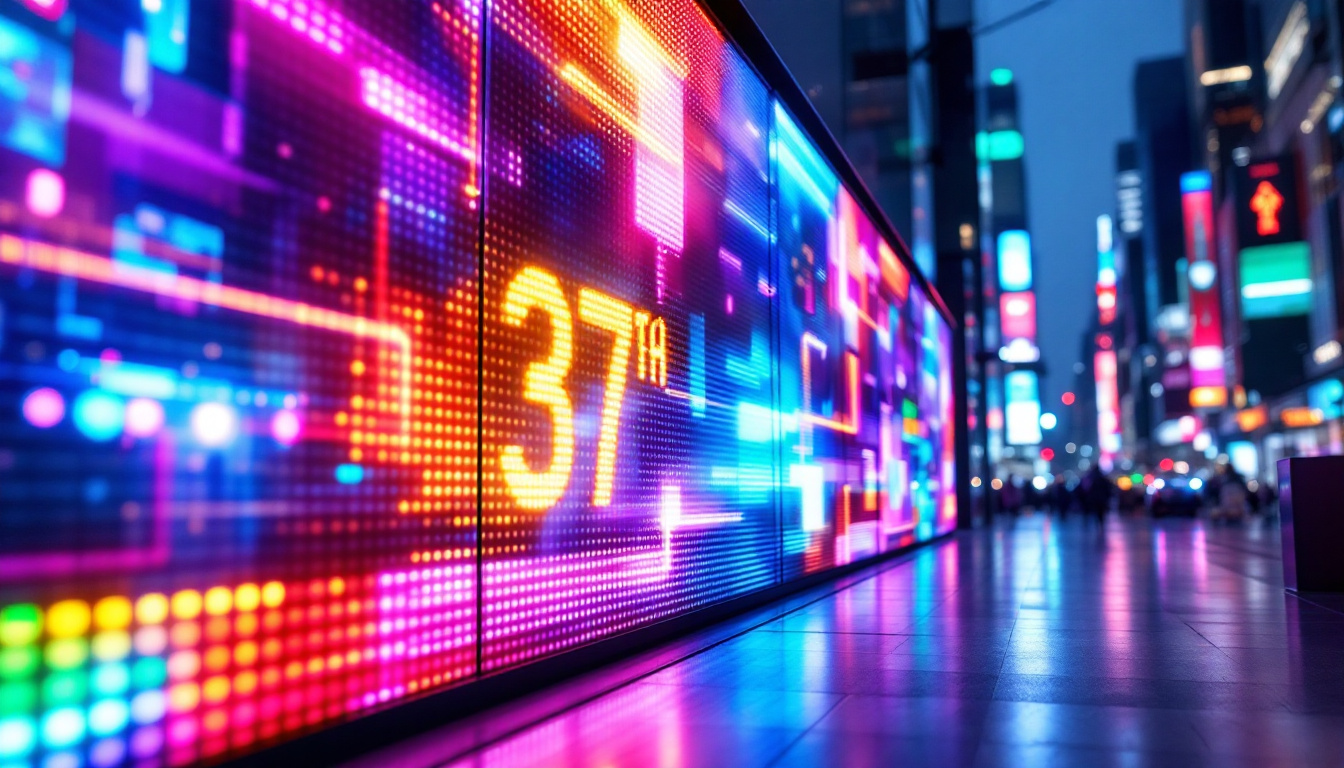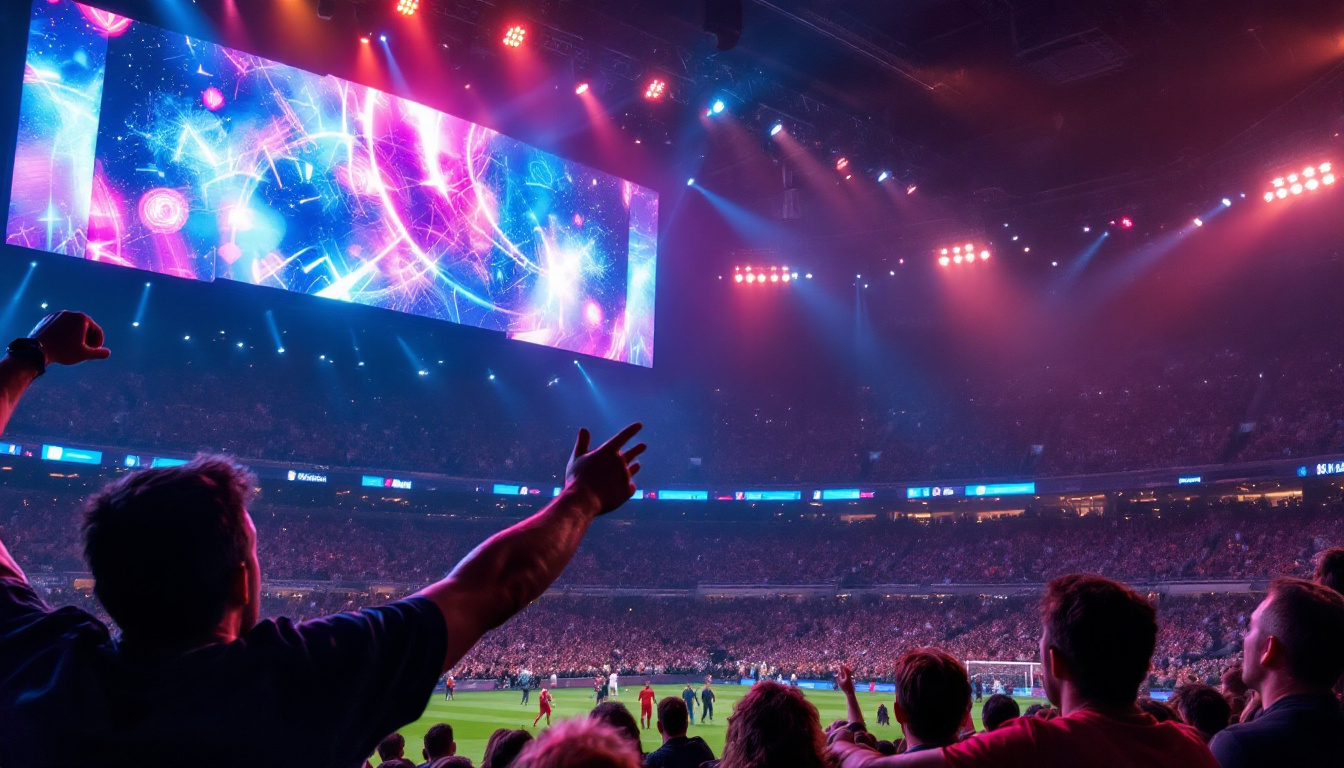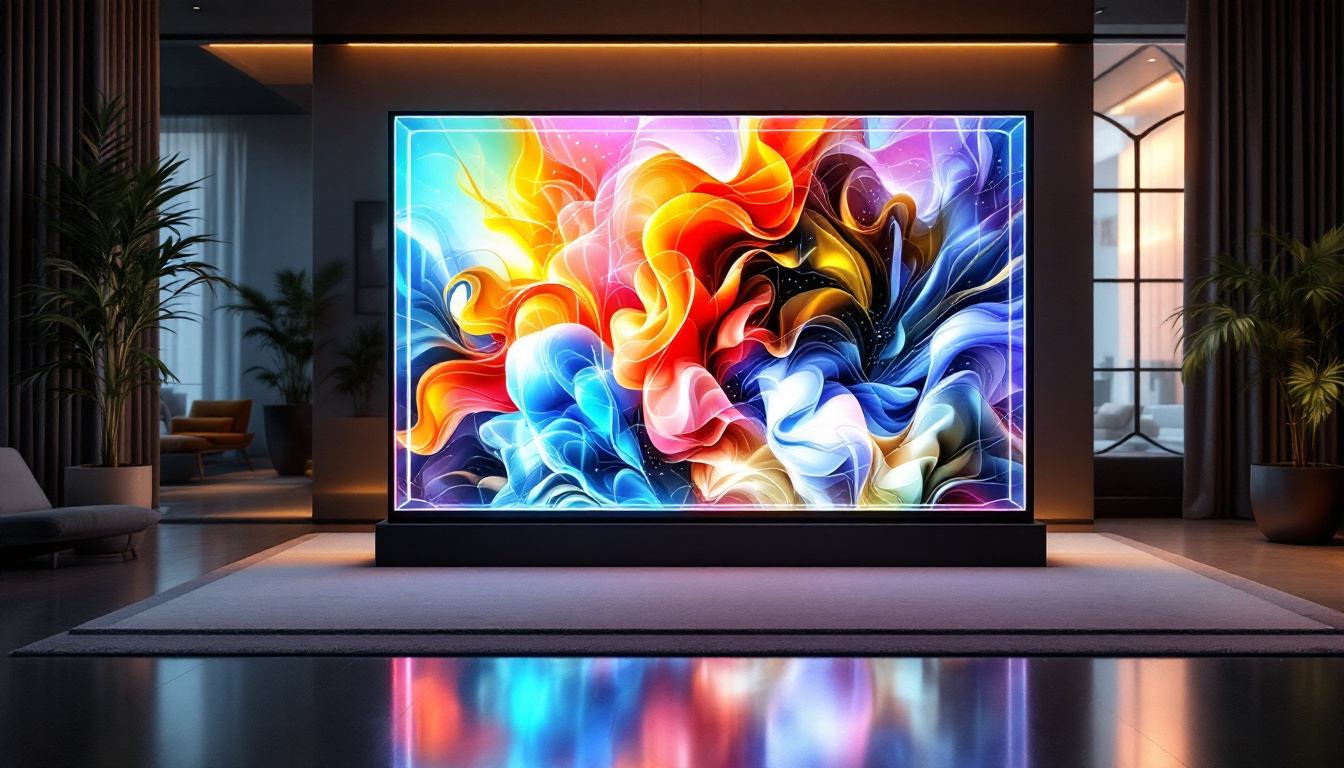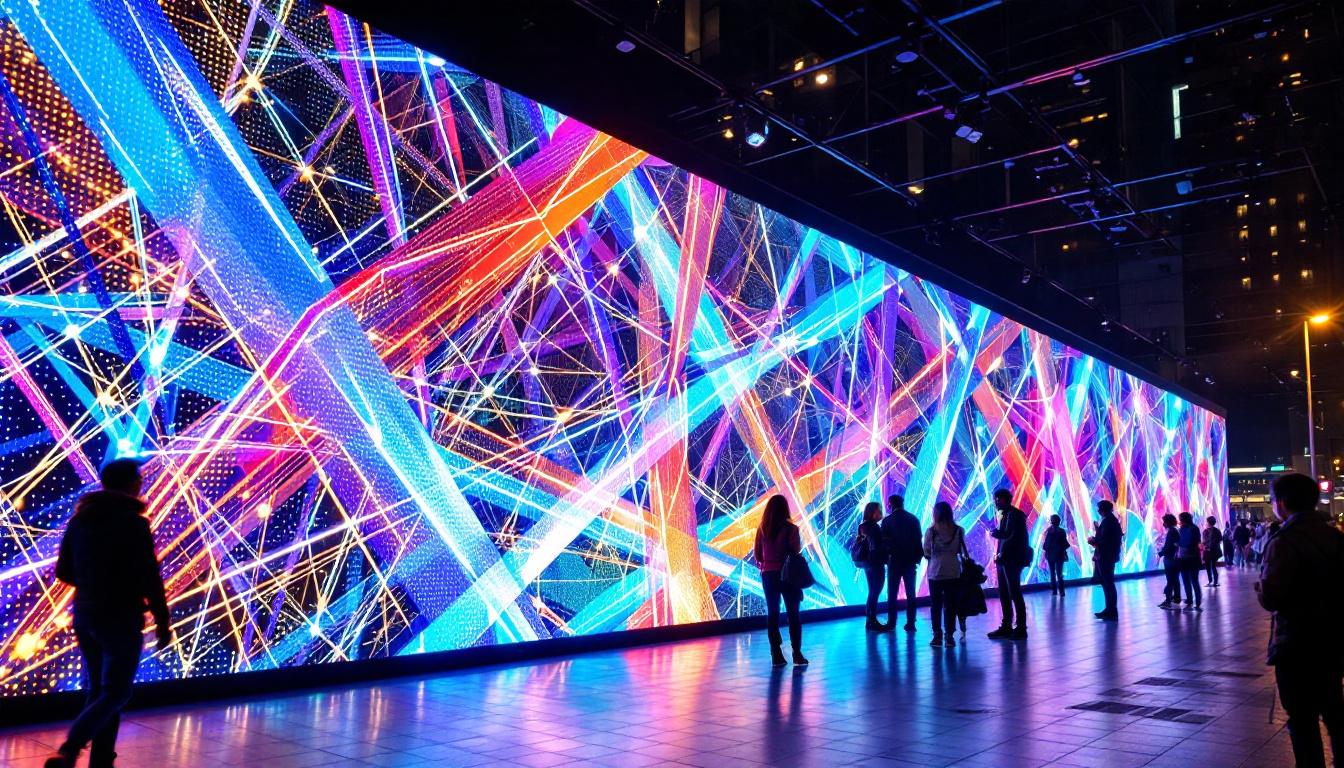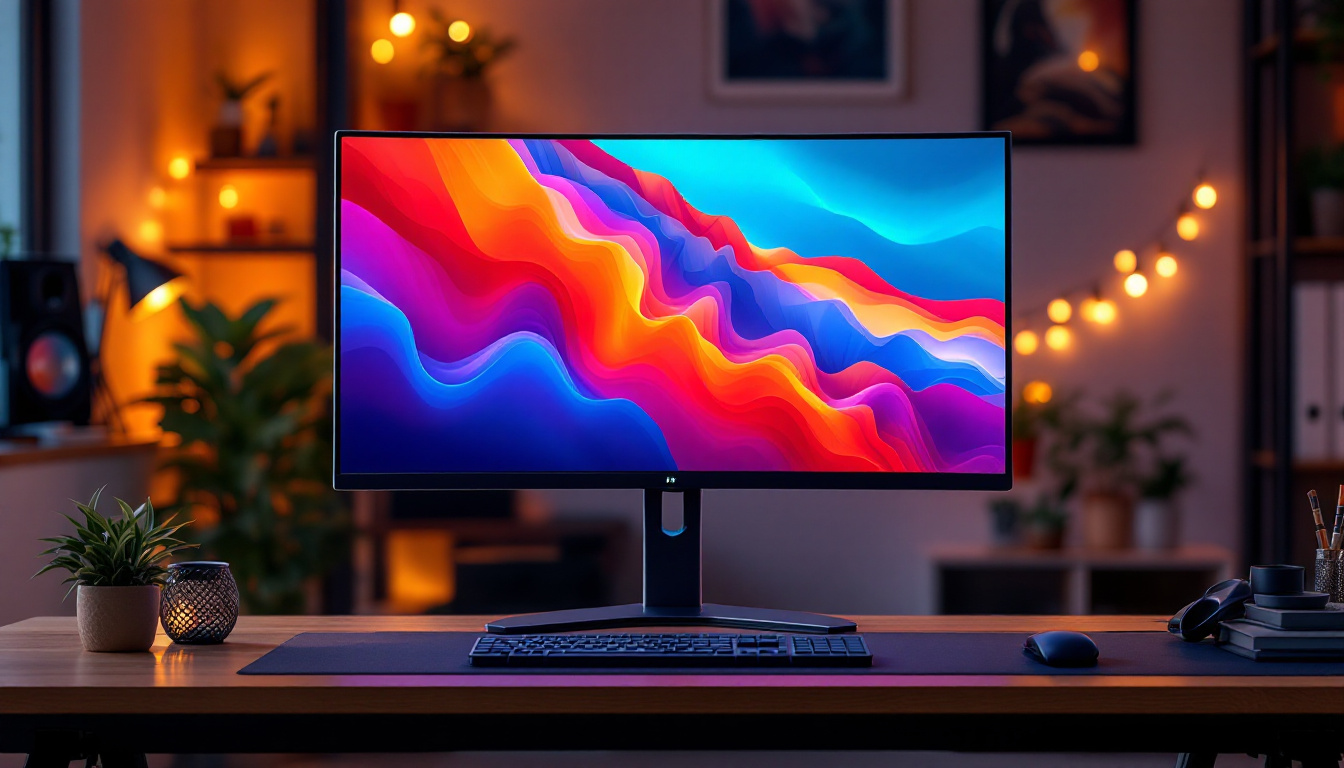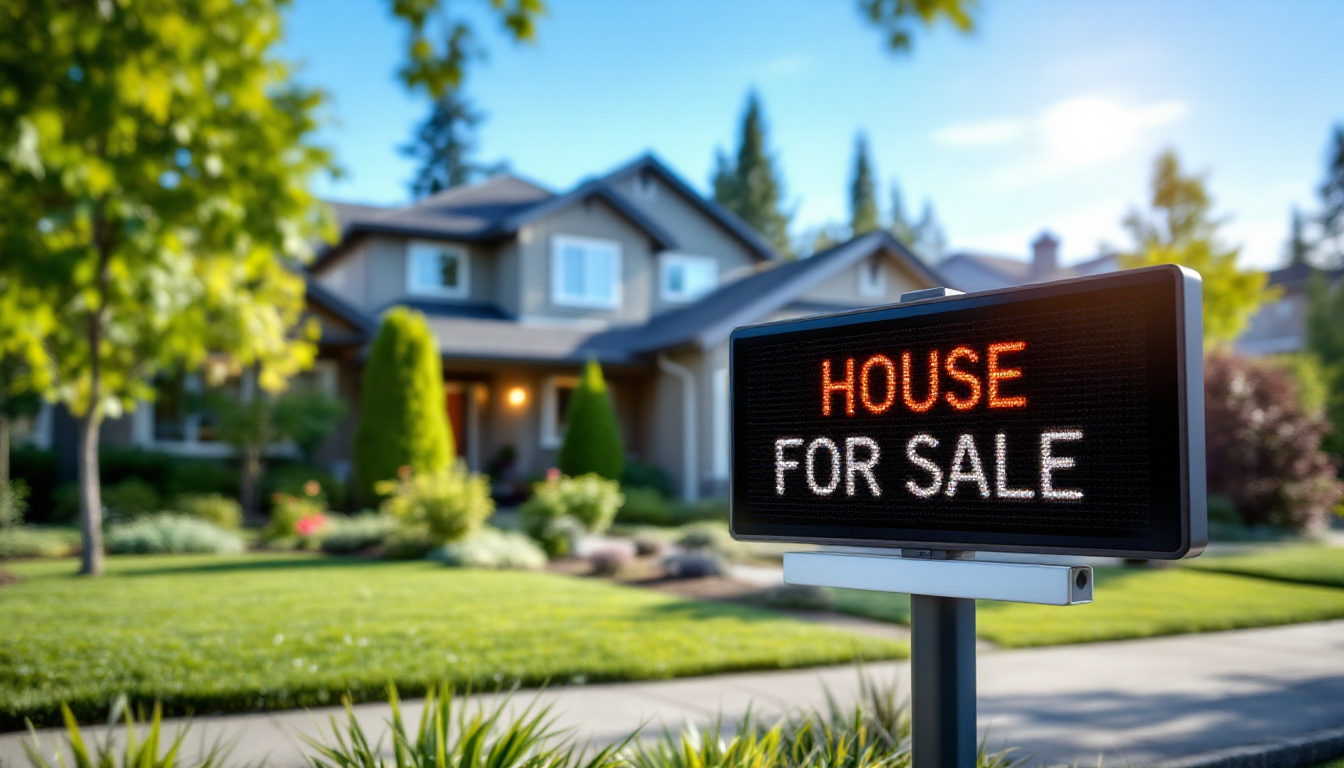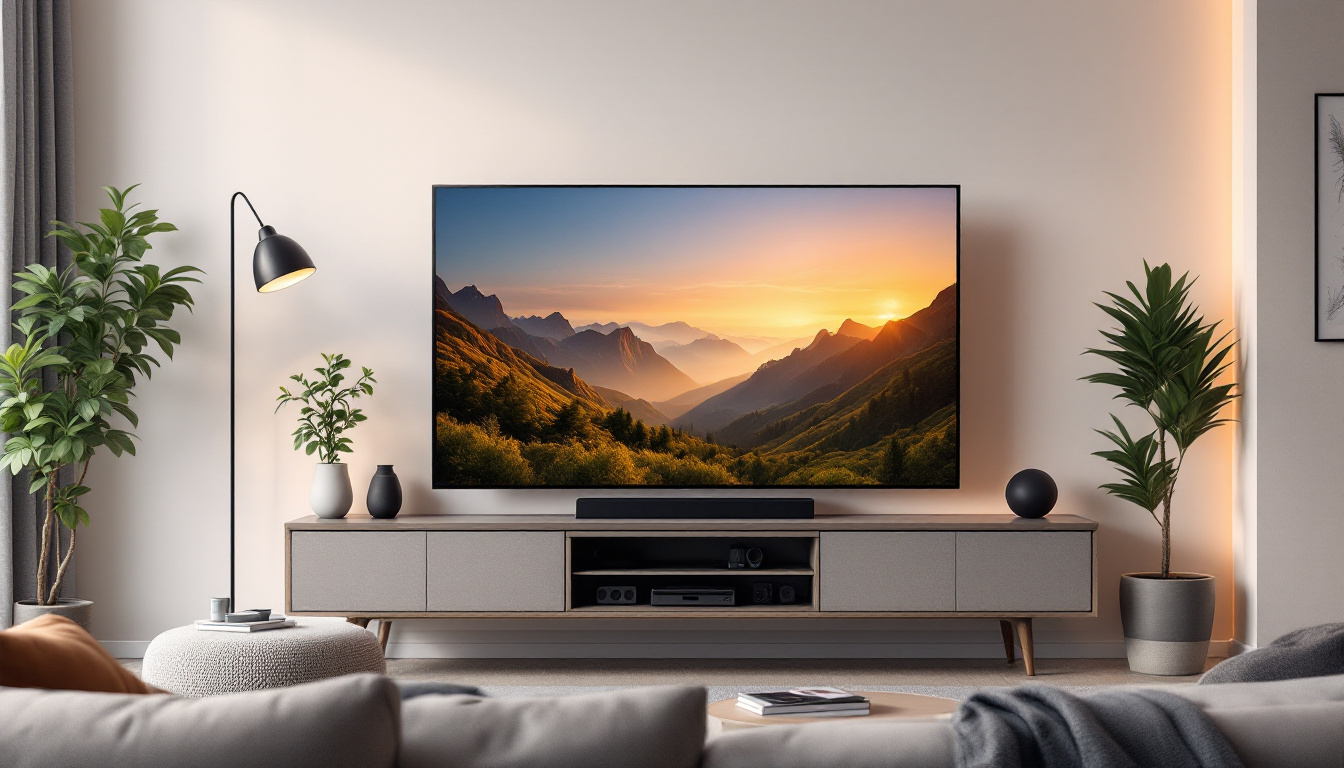The world of display technology has undergone significant transformations in recent years, with flexible LED displays emerging as a groundbreaking innovation. These displays are not only versatile but also offer a range of applications that were previously unimaginable. This article delves into the intricacies of flexible LED displays, exploring their technology, benefits, applications, and future potential.
Understanding Flexible LED Displays
Flexible LED displays are a type of electronic display that utilizes light-emitting diodes (LEDs) to create images and videos on a flexible substrate. Unlike traditional rigid displays, these screens can bend, curve, and even roll, making them ideal for various innovative applications. Their versatility has led to their adoption in industries ranging from advertising to automotive, where they can be used for dynamic signage or integrated into vehicle dashboards, respectively.
How They Work
At the core of flexible LED displays lies the technology of organic light-emitting diodes (OLEDs) or inorganic LEDs. These diodes emit light when an electric current passes through them. The flexible substrates, often made from materials like plastic or metal foil, allow the display to maintain its functionality while being manipulated into different shapes. This capability opens up new avenues for creative designs, enabling artists and designers to think beyond the constraints of traditional display formats.
The manufacturing process involves layering multiple components, including the LED layers, conductive materials, and protective coatings. This intricate assembly ensures that the display remains both lightweight and durable, capable of withstanding various environmental conditions. Additionally, advancements in manufacturing techniques have led to the development of displays that can be produced at a lower cost, making them accessible for a wider range of applications and users.
Types of Flexible LED Displays
Flexible LED displays can be categorized into two main types: passive and active matrix displays. Passive matrix displays are simpler and less expensive, making them suitable for basic applications. However, they tend to have lower resolution and slower refresh rates, which can limit their effectiveness in dynamic content scenarios.
On the other hand, active matrix displays utilize a grid of transistors to control individual pixels, resulting in higher resolution and faster response times. This technology is more complex and costly, but it is preferred for applications requiring high-quality images and videos. Furthermore, active matrix displays are increasingly being integrated with touch capabilities, allowing for interactive experiences that enhance user engagement.
Key Features
Flexible LED displays boast several key features that set them apart from traditional displays. First and foremost is their adaptability; they can be integrated into various surfaces, from curved walls to wearable technology. This flexibility not only enhances aesthetic appeal but also allows for seamless integration into architectural designs and consumer products. Additionally, they offer high brightness and contrast ratios, ensuring visibility even in bright environments, which is crucial for outdoor advertising and public displays.
Moreover, these displays are energy-efficient, consuming less power than conventional displays. This efficiency not only reduces operational costs but also contributes to a more sustainable approach to technology. As the demand for eco-friendly solutions grows, flexible LED displays are emerging as a frontrunner in the quest for greener technology, with manufacturers continuously working on improving their energy consumption and recyclability. The ongoing research in materials science is also paving the way for even more innovative applications, such as self-healing displays that can repair minor damages autonomously, further extending their lifespan and usability.
Benefits of Flexible LED Displays
The advantages of flexible LED displays extend beyond their unique design. They offer numerous benefits that make them an attractive choice for various industries.
Versatility in Design
One of the most significant benefits of flexible LED displays is their versatility. They can be used in a wide range of applications, from advertising and signage to interior design and art installations. Their ability to conform to different shapes and surfaces allows for creative freedom that traditional displays cannot provide.
For instance, retailers can use flexible displays to create eye-catching window displays that wrap around corners or fit seamlessly into unconventional spaces. This flexibility enhances brand visibility and engages customers in new ways.
Lightweight and Thin
Flexible LED displays are remarkably lightweight and thin, making them easier to install and transport. This characteristic is particularly advantageous for applications where weight and space are critical factors, such as in automotive and aerospace industries.
The reduced weight also means that less structural support is required, allowing for more innovative architectural designs. Buildings can incorporate these displays into their facades, creating dynamic visual experiences without compromising structural integrity.
Enhanced Durability
Durability is another key advantage of flexible LED displays. The materials used in their construction are often resistant to shocks, vibrations, and environmental factors, making them suitable for both indoor and outdoor use. This resilience ensures a longer lifespan compared to traditional displays, reducing maintenance costs and downtime.
Furthermore, many flexible LED displays are designed to withstand extreme temperatures and humidity levels, making them ideal for a variety of climates and conditions.
Applications of Flexible LED Displays
Flexible LED displays have found applications across numerous sectors, showcasing their versatility and adaptability. Here are some notable areas where this technology is making an impact.
Advertising and Marketing
In the realm of advertising, flexible LED displays are revolutionizing how brands communicate with consumers. Their ability to conform to various shapes allows for creative advertising solutions that capture attention. From large-scale billboards to interactive displays in shopping malls, these screens engage audiences in dynamic ways.
Moreover, advertisers can easily update content in real-time, allowing for targeted marketing campaigns that resonate with specific demographics. This adaptability enhances the effectiveness of advertising strategies, maximizing return on investment.
Architecture and Interior Design
Architects and interior designers are increasingly incorporating flexible LED displays into their projects. These displays can be integrated into walls, ceilings, and furniture, transforming spaces with vibrant visuals. Whether it’s a stunning lobby installation or a unique lighting feature in a restaurant, flexible displays add a modern touch to any environment.
Additionally, the ability to create immersive environments using flexible displays enhances the overall experience for occupants and visitors. This trend is particularly evident in museums, galleries, and entertainment venues, where visual storytelling plays a crucial role.
Wearable Technology
The rise of wearable technology has also seen the integration of flexible LED displays. Smartwatches, fitness trackers, and even clothing can incorporate these displays to provide users with real-time information in a visually appealing format. This innovation enhances user experience and encourages interaction.
As technology advances, the potential for flexible displays in wearables continues to grow, paving the way for more sophisticated and functional designs that cater to the needs of modern consumers.
The Future of Flexible LED Displays
The future of flexible LED displays looks promising, with ongoing advancements in technology and materials. As research continues, several trends and developments are expected to shape the landscape of flexible displays.
Improved Resolution and Color Accuracy
One of the primary areas of focus in the development of flexible LED displays is enhancing resolution and color accuracy. As consumer demand for high-quality visuals increases, manufacturers are investing in technologies that improve pixel density and color reproduction.
These advancements will enable flexible displays to compete with traditional displays in terms of image quality, expanding their applications in industries such as gaming, cinema, and virtual reality.
Integration with Smart Technologies
The integration of flexible LED displays with smart technologies is another trend on the horizon. As the Internet of Things (IoT) continues to evolve, flexible displays will play a crucial role in creating interconnected environments. Imagine walls that can change color or display information based on user preferences or environmental conditions.
This level of interactivity will enhance user experiences in both residential and commercial settings, making flexible displays an integral part of smart homes and workplaces.
Sustainability and Eco-Friendly Practices
As sustainability becomes a priority for many industries, the development of eco-friendly flexible LED displays is gaining traction. Manufacturers are exploring materials and processes that minimize environmental impact while maintaining performance.
Recyclable materials, energy-efficient manufacturing processes, and longer-lasting products are all part of the push towards sustainability in display technology. This shift not only benefits the environment but also appeals to consumers who prioritize eco-conscious choices.
Challenges Facing Flexible LED Displays
Despite the numerous advantages and potential of flexible LED displays, there are challenges that need to be addressed for widespread adoption. Understanding these challenges is crucial for stakeholders in the industry.
Cost of Production
The production of flexible LED displays remains relatively expensive compared to traditional displays. The advanced materials and complex manufacturing processes contribute to higher costs, which can deter some potential users.
As technology advances and production methods improve, it is expected that costs will decrease, making flexible displays more accessible to a broader audience. Until then, manufacturers must find ways to balance quality and affordability.
Technical Limitations
Technical limitations also pose challenges for flexible LED displays. Issues such as lower resolution compared to rigid displays and potential durability concerns in extreme conditions need to be addressed. Continuous research and development are essential to overcoming these hurdles and enhancing the performance of flexible displays.
Market Competition
The display market is highly competitive, with numerous players vying for market share. As flexible LED displays gain popularity, competition will intensify, leading to rapid advancements and innovations. While this is beneficial for consumers, it also means that manufacturers must continuously innovate to stay relevant.
Conclusion
Flexible LED displays represent a significant leap forward in display technology, offering unparalleled versatility, durability, and potential for creative applications. As industries continue to explore the possibilities of these displays, their impact will likely expand, transforming how information is presented and experienced.
While challenges remain, ongoing advancements in technology and materials promise a bright future for flexible LED displays. Embracing this innovation will not only enhance aesthetic appeal but also contribute to more interactive and engaging environments across various sectors.
In a world where adaptability and creativity are paramount, flexible LED displays are poised to play a pivotal role in shaping the future of visual communication.
Discover the Future of Visual Communication with LumenMatrix
Ready to elevate your visual presence and captivate your audience like never before? Explore the innovative world of LumenMatrix LED display solutions, where cutting-edge technology meets creative design. From vibrant Indoor and Outdoor LED Wall Displays to dynamic Vehicle and Sports Displays, LumenMatrix offers a wide array of options to transform your visual communication. Whether you’re looking to create an immersive experience with a Floor LED Display or make a bold statement with a Custom LED Display, LumenMatrix has the expertise to bring your vision to life. Don’t miss the opportunity to engage and inspire with unparalleled clarity and impact. Check out LumenMatrix LED Display Solutions today and join the revolution in display technology.

